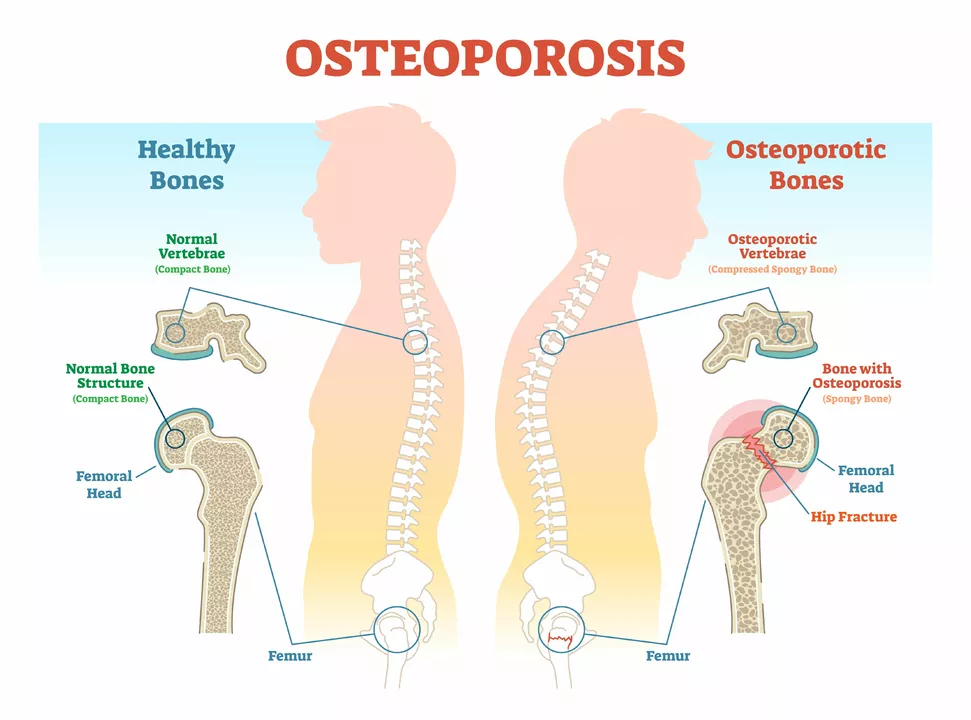Secondary Hyperparathyroidism — what it is and why you should care
If your blood tests keep showing high parathyroid hormone (PTH) but calcium is low or normal, that pattern usually points to secondary hyperparathyroidism. The most common cause is chronic kidney disease (CKD), but severe vitamin D deficiency, malabsorption, or certain medications can do it too. Left untreated, the condition damages bones, raises fracture risk, and can cause calcium deposits in blood vessels and organs.
How doctors diagnose it
Diagnosis is mostly lab-based. Typical findings are an elevated PTH with low or normal serum calcium and often high phosphate in people with kidney disease. Doctors also check 25‑hydroxyvitamin D to spot deficiency, alkaline phosphatase for bone turnover, and repeat tests over time to confirm a pattern. Imaging like a bone density scan (DEXA) or neck ultrasound isn’t always needed but helps when surgery is being considered or bone loss is suspected.
Think of PTH as the body’s calcium manager. When kidneys don’t activate vitamin D well or phosphate builds up, PTH ramps up to keep calcium levels steady. That short‑term help becomes harmful if the hormone stays high for months.
Treatment and everyday management
Treatment targets the cause. If CKD is the driver, doctors focus on lowering phosphate (diet changes, phosphate binders), correcting low vitamin D with supplements or active vitamin D drugs (like calcitriol or its analogs), and sometimes using calcimimetics (for example, cinacalcet) to reduce PTH production. For straight vitamin D deficiency without kidney issues, cholecalciferol or ergocalciferol usually fixes the problem.
Surgery (parathyroidectomy) is an option when medicines fail or PTH levels stay dangerously high and cause ongoing bone loss, severe symptoms, or very high calcium. Recovery is usually quick, but you'll need calcium monitoring after surgery because levels can drop suddenly.
Small changes at home help too: cut back on phosphate-heavy foods (processed meats, cola, many packaged snacks), follow your doctor’s vitamin D advice, and don’t take over-the-counter calcium without checking first. If you have CKD, stick to your dialysis and medication plan — that makes a big difference.
Watch for warning signs that need faster help: new severe bone pain, an unexplained fracture, very fast decline in kidney function, or sudden changes in calcium tests. Regular blood checks are the practical way to keep this condition under control — aim for schedules your clinician recommends, usually every few months.
If you want more plain-language reads on related drugs, lab meanings, or lifestyle tips, KwikMed has guides and reviews that explain options step by step. And if your labs look off, talk with your doctor — they’ll put these pieces together and tailor a treatment plan for you.

